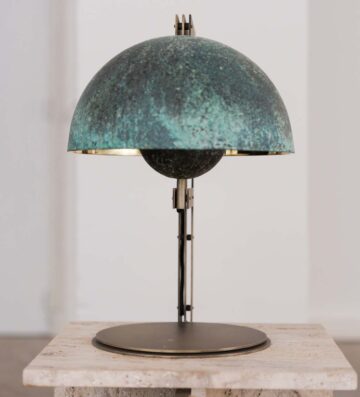
ATRA X NUMÉRO BERLIN: “TIMELESS LUXURY: IN CONVERSATION WITH RENOWED DESIGN AND ARCHITECTURE STUDIO ATRA”
Finding balance between chaos and structure, nature and technology, taste and function:…
Interview by Sina Braetz
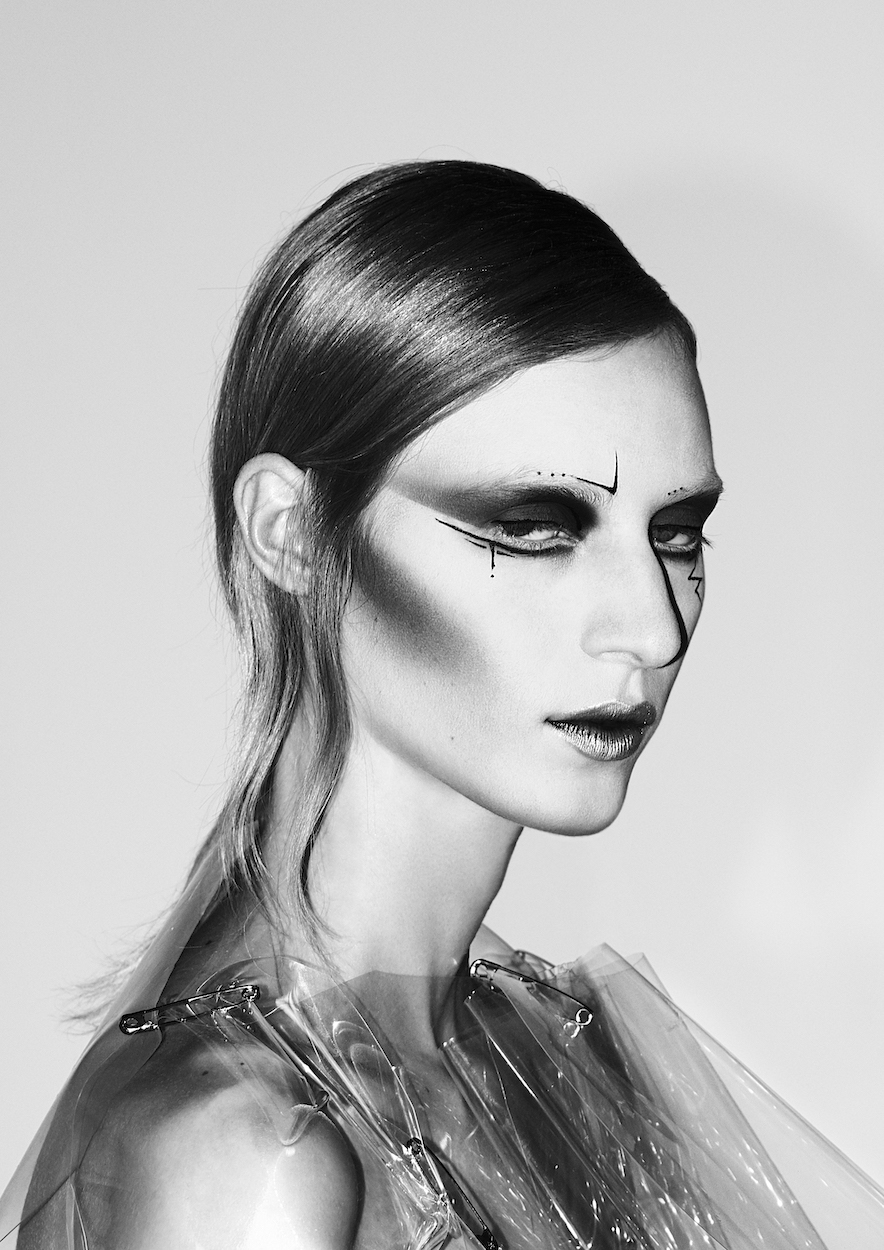
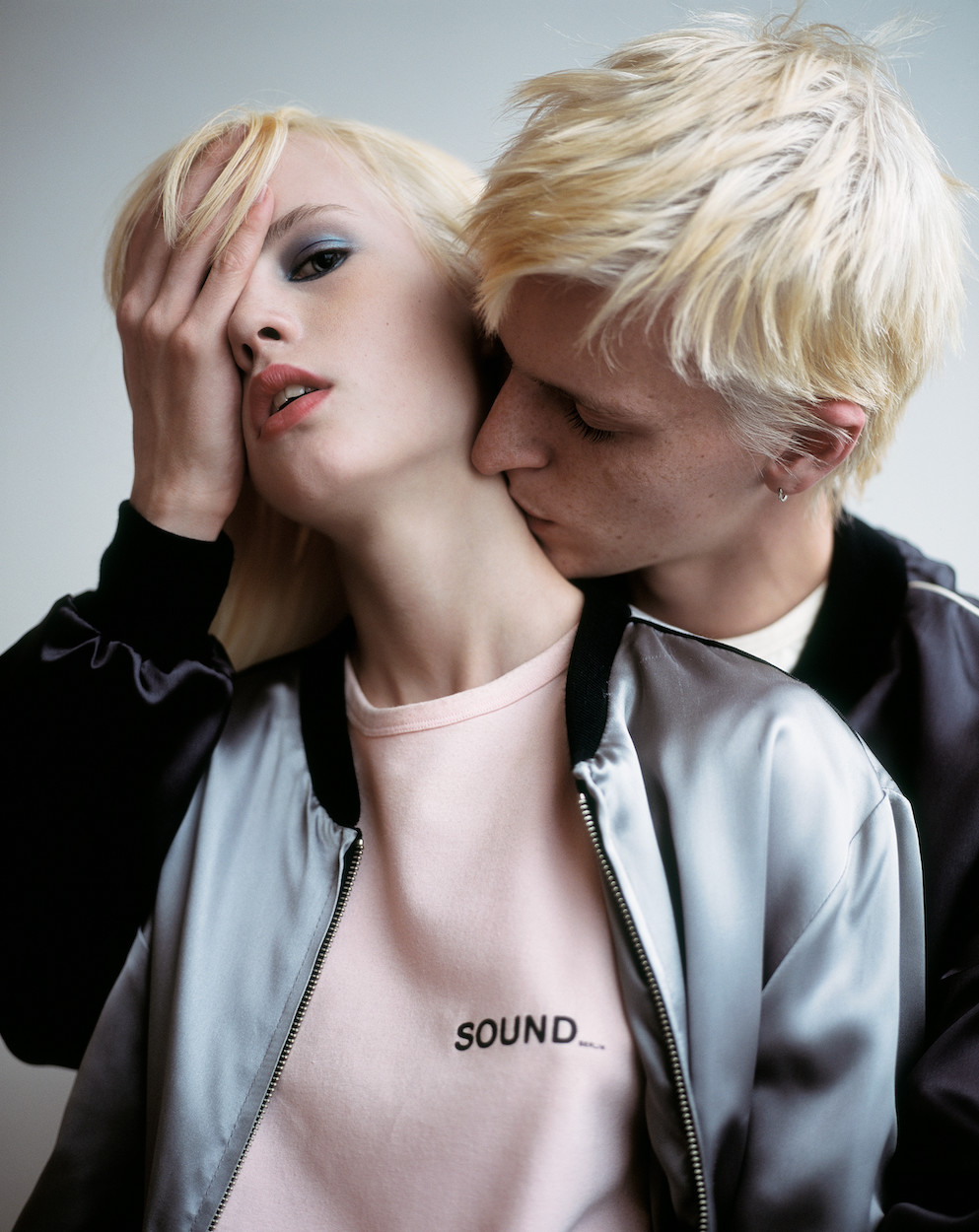
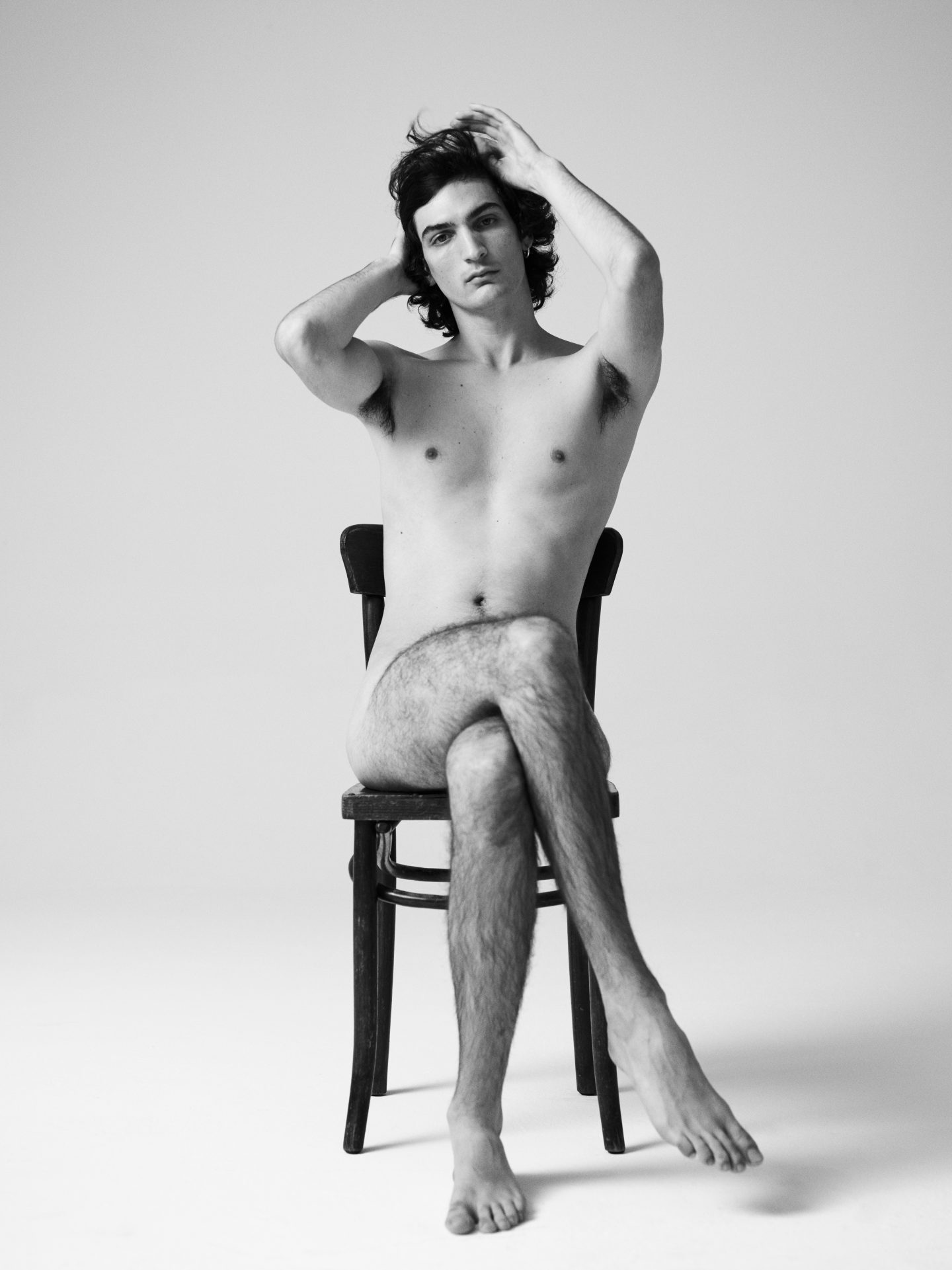
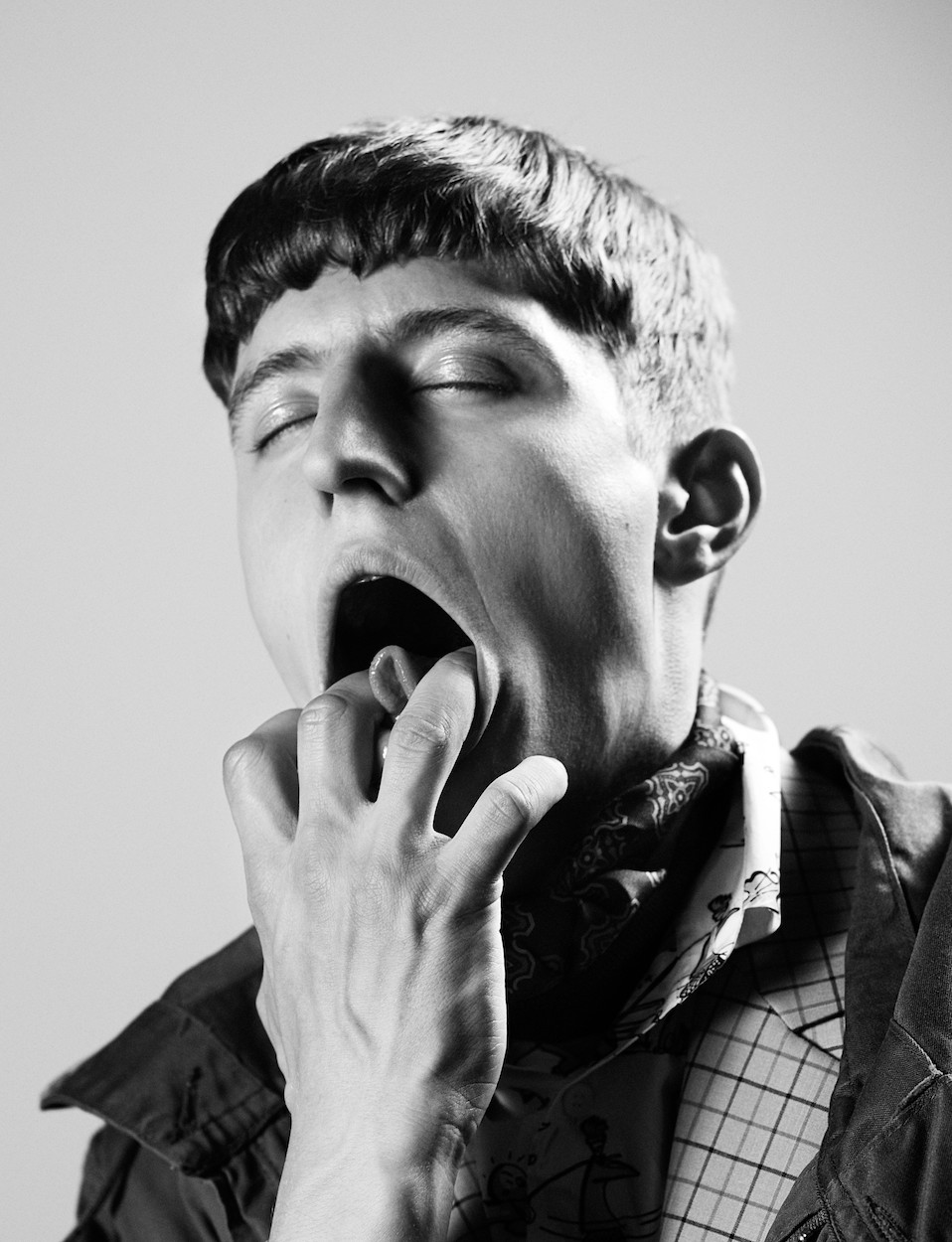
MoMu explores the oeuvre of the Belgian photographer Willy Vanderperre.
Photography is a favored medium in fashion when it comes to telling inspiring stories. Through the lens of a photographer, a collection can transcend and be offered a new meaningfulness. We, viewers, are allowed to experience one’s gaze as if we were standing behind the camera ourselves. Fashion is often considered by some as futile or less creative than other disciplines such as fine art. But fashion photography continually proves this hierarchy of importance in the arts to be wrong. I vividly remember the impression left by some of Helmut Newton’s works, on display in Berlin at the time, which have shaped my tastes in my early career more than a painting from Rembrandt ever could. With fashion photography being such a powerful vector for emotions, allowing artistic visions to be transmitted, it came as no surprise that the illustrious MoMu – Fashion Museum of Antwerp will one day dissect this topic to create an exhibition celebrating this precious medium. MoMu’s fashion archive holds more than 38,000 objects, all special enough to deserve showcasing. To see nothing but pictures inside the galleries of this temple of fashion culture was surprising at first, but a bold and striking move when I think about it. For their first-ever photography exhibition, they picked none other than the emblematic Belgian artist Willy Vanderperre who co-curated a solo show centered around his oeuvre.
An Antwerpian tradition
The exhibition titled “Willy Vanderperre: Prints, Films, a Rave, and More…” is an ode to youth and subcultures, his themes of predilections. Indeed, Vanderperre has pioneered the representation of such topics since the late naughties, whether shown in his editorial work famously featured in AnOther Magazine, Dust, i-D, Perfect, Vogue, and W Magazine or through his most iconic campaigns shot for Prada and Dior. Not only does this exhibition provide informative context on Vanderperre’s work, but it also showcases the creative effervescence of Antwerp at the time. Subversive creatives followed in the footsteps of the Antwerp Six and THE Martin Margiela to challenge the norms set by Paris and Milan and forge a platform for new voices to be heard. This artistic melting pot fostered a strong sense of community, encouraging collaborations among outcasts navigating similar circles. This is noticeable throughout Vanderperre’s career, as we see the growing relationship between his partner, stylist Olivier Rizzo, their friend, designer Raf Simons and himself.
Rave reviews
A countercultural celebration of the youth emerged specifically in the 90s, as the heydays of techno music and easily accessible recreational drugs amplified this creative euphoria happening in Northern Europe. The time was also tinged with cynicism, rough around the edges, and ripe for new experimentations. Vanderperre crystallized the spirit of the time through his camera lens, becoming particularly obsessed with depicting teenage years as the youth of Europe became increasingly influenced by American culture. The many music bands popularized at the time are heavily referenced in this exhibition–sometimes directly or in more subtle nods. Raf Simons’ aesthetic borrows these inspirations, and a clear parallel can be drawn between the upbringings and life trajectories of Vanderperre and Simons. Graphic T-shirts featuring the character Mickey Mouse or Joy Division logos are often seen in Vanderperre’s photography and are direct representations of the influence the USA had on European teens. The curation of this show emphasizes the importance of such artifacts by featuring collectible objects from Vanderperre’s life, such as the T-shirt worn by the staff at his favorite techno club.
There will be a party…
The entrance of the exhibition sets the tone, with posters featuring the artist’s work shredded and ripped apart on the walls as if they had been put up on the streets and left to suffer the passing of time. Techno music plays in the background, appearing to come from a distance as if the party is fading away in the morning. Finally, a merch stand features a collection of items developed in collaboration with the artist, creating a full-circle moment for the one who grew so influenced by concerts when growing up. These objects, each collectible, limited edition, depict unframed images from Vanderperre. Stickers, patches, badges, towels, and a tote bag that evolves over the show period–getting a new design each time–are being sold there. The proceeds from this unique merch stand will partly be donated to Çavaria, the Flemish advocacy group for LGBTI+ people. “By way of these collectibles, we want to make people aware of the problems faced by the LGBTIQ+ community. If I can use my voice to create more equality, I am delighted to do so,” said Vanderperre.
Anti-fashion fashion photography
Vanderperre’s unique point of view results in an approach to fashion photography that appears as being quite anti-fashion in paradox. In a Margiela-esque tour de force, fashion is celebrated for its essence and not for its objective “beauty.” Even when capturing the most beautiful of couture, Vanderperre has a very down-to-earth, mundane, way of immortalizing a picture. The scenery varies from local parks to the most banal streets but never appears to be intentional. Writer and fashion researcher Alexander Fury compares this approach to the Italian Verismo: a quest for the truth, for real beauty. Nothing is made up; Vanderperre is inspired by what he knows best.
History repeating itself
Another interesting influence of the Flemish photographer is the allusion he makes to traditional Flemish portraiture with works depicting soft-looking models as impressively striking, with an added touch of austerity evoking the paintings of great Belgian masters Jan van Eyck, Pieter Bruegel the Elder, or Peter Paul Rubens. One more parallel can be drawn between Vanderperre and baroque painter Caravaggio, known for his compositions of tragic scenes featuring countless characters and utmost details. The type of art you can look at for hours and still discover new elements–in owe. In my opinion, the same can be said about Willy’s grungy editorials and I invite you to revisit them, again and again…
Special thanks to David Flamée and the whole MoMu team.

Finding balance between chaos and structure, nature and technology, taste and function:…
Interview by Sina Braetz
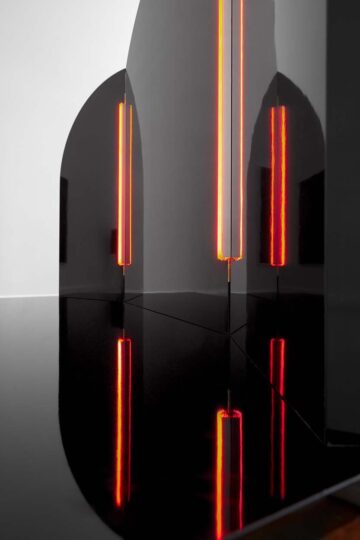
Delia Gonzalez’s exhibition, “Fassbinder Has Wings, Fassbinder Can Fly,” showcased…
Words by Jazmina Figueroa
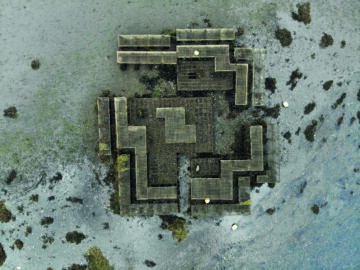
Artist duo Cooking Sections’ work combines art and activism, using food as a gateway to…
Interview by Johanne Björklund Larsen